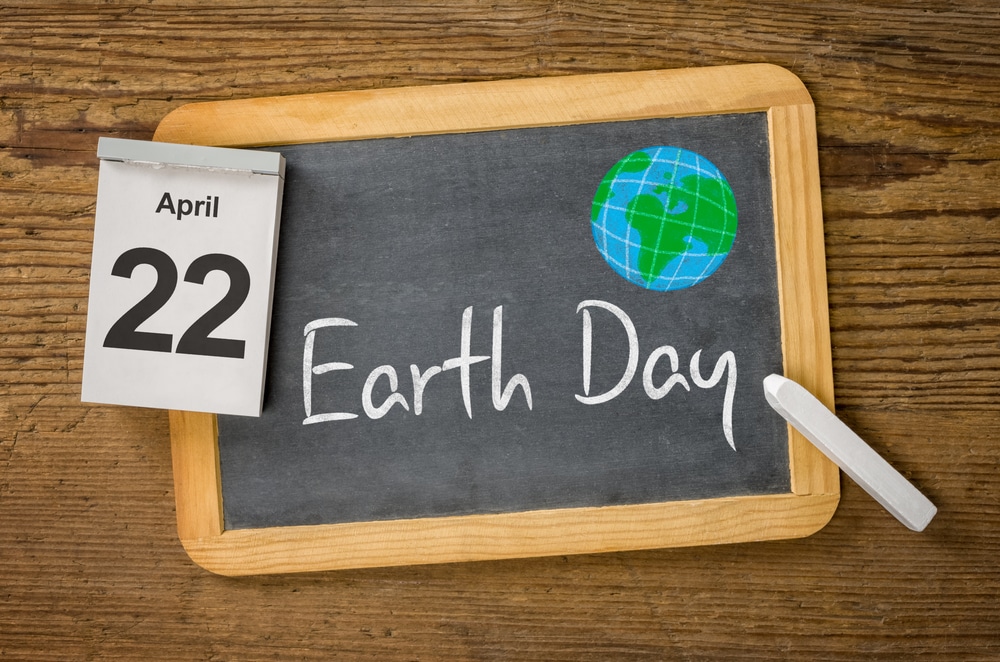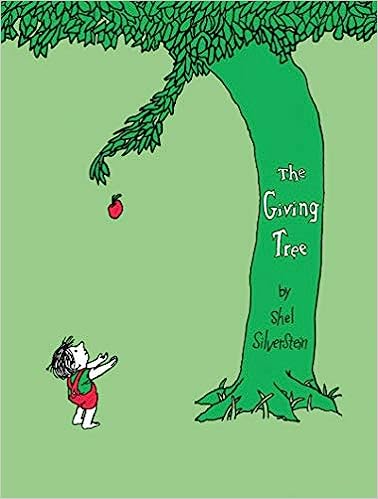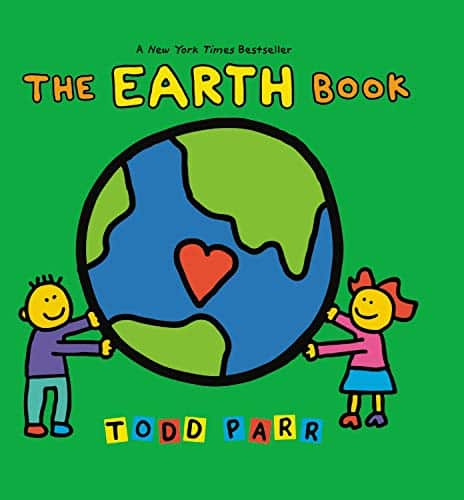
5 Earth Day ESL Activities
Earth Day serves as a reminder of the importance of caring for our shared planet and the steps we can take to reduce our impact.
It also provides an excellent opportunity to merge environmental awareness with language learning.
The right activities can promote sustainable practices while engaging your ESL students and working their language skills.
In this article, you’ll get 5 ESL activities you can use for your Earth Day lesson with suggestions for adapting them to your class.
These activities provide English immersion while exploring pertinent topics and personal responsibility—a teaching win-win!
Contents
- 1. Watch and Discuss Three R’s Videos
- 2. Read Earth-focused Books and Articles
- 3. Create ESL Earth Day Posters
- 4. Research Environmental Issues
- 5. Send an Email as a Concerned Citizen
Download: This blog post is available as a convenient and portable PDF that you can take anywhere. Click here to get a copy. (Download)
1. Watch and Discuss Three R’s Videos
The idea behind Earth Day is to spread awareness about the importance of conserving resources and cutting back on waste. Teaching the three R’s—reduce, reuse and recycle—drives this point home in a way that’s especially beneficial for English students:
- It provides essential vocabulary that’s catchy and easy to remember.
- The three R’s have a mini pronunciation lesson built right in, thanks to the alliteration and variety of vowel sounds.
- The three R’s give students a glimpse into English culture and education, as this concept is well-known in the English-speaking world.
Fortunately for English educators, the popularity of the three R’s also means there are many relevant resources you can bring into an Earth Day ESL lesson. Below are a couple of our favorites, for both younger and older students.
“Reduce, Reuse and Recycle, to Enjoy a Better Life”
This video from the Happy Learning English YouTube channel is great for young learners. Since the video was created specifically for ESL students, the language is simple and easy to understand. The narrator speaks slowly and clearly, and there are plenty of visual aids to help students better understand the context.
The video also gives a number of great examples of how we can apply the three Rs in everyday life. After playing this video in class and talking briefly about the principles it covers, have your students talk about ways they can reduce, recycle and reuse.
To practice writing, have the students write three paragraphs, one for each R, on how they plan to reduce waste, recycle more and reuse items lying around the house.
“PSA Recycling Ad”
This video, which tells the story of a plastic bottle that goes from the trash to the recycling center, is great for teens and adults. It does a great job demonstrating the importance of recycling and reducing waste.
After watching the video with your students, have them practice their speaking by talking about the clip and its relation to the three R’s. You can get them talking by asking questions like:
• How can you reduce trash so there aren’t as many plastic bottles?
• Why is it important to recycle plastic bottles?
• What are some ways to reuse plastic bottles?
Then you can let your students get some writing practice using the video as inspiration. This way, they’ll be able to think more critically about ways they can help protect the planet. Some examples of good writing topics include:
• Why is it important to recycle?
• What happens if we don’t recycle?
• What are some ways you can reuse and recycle more?
Interactive Environmental Videos
There are many other interactive environmental videos you can use to add a multimedia aspect to your Earth Day ESL lesson and immerse your students in English. Just a quick Youtube search will bring up many options.
You can also find authentic video content on a language learning program like FluentU. FluentU takes video clips from real English media like movies, TV shows and inspiring talks and turns them into personalized language lessons with interactive subtitles, flashcard desks, personalized quizzes and more.
You can keep reusing FluentU long after Earth Day has passed—there are tons of real-world videos, organized by genre and learning level, that you can use to teach new vocabulary and help students apply skills you’ve already introduced.
2. Read Earth-focused Books and Articles
Adding some reading activities to your ESL Earth Day lesson can help students build their vocabulary and reading comprehension skills while learning more about how they can care for the environment.
Here are three resources that can help your students improve their reading, speaking and writing.
“The EARTH Book”
Perfect for elementary students, “The EARTH Book” teaches how to take care of the environment with simple present-tense sentences in a repetitive format. You’ll read sentences such as:
- “I take the school bus and ride my bike because I love the stars and I want the air to be clear so I can see them sparkle.”
- “I try to eat every bite on my plate and save my leftovers because I love watching things grow and I want there to be enough food for everyone.”
After you finish reading, have your students practice their writing by making a list of ways they can reduce waste using the same format from the book. You can provide a fill-in-the-blank worksheet that sets up the sentences and provides key vocabulary for them to incorporate.
“The Giving Tree”

“The Giving Tree” is a classic children’s book that tells the story of a tree that gives and gives to a boy until there’s nothing left but a stump.
It’s written in a way that’s easy enough for beginners to understand, but the book’s overall message about the importance of conservation makes it suitable for students of all ages and skill levels.
After finishing the book, have your students discuss what the boy could have done to avoid exploiting the tree. This is also a great opportunity to practice modals(He should have planted new trees; He could have recycled old materials to make a boat, etc.).
News Articles on Climate and the Environment
If you’re teaching teenage or adult students, you can dissect pertinent articles to work on reading comprehension while learning about current events.
You can find articles in the “Climate and Environment” section of The New York Times or the “Environment” section of Time Magazine that are great for intermediate or advanced learners.
After your students finish the reading assignment, divide them into groups and have them practice their speaking and critical thinking skills by having a classroom debate about the issue.
3. Create ESL Earth Day Posters
Creating Earth Day posters is a fun way to let students be creative while practicing their English skills. With basic arts and craft supplies like poster board and markers, your students can make posters talking about the importance of conservation and recycling.
To encourage speaking (in English!) and collaboration you can break them into small groups of three or four and give each group a specific topic. For example, one group could make a poster on how to reduce waste, while another group could cover recycling or how to reuse old items. You may want to provide a list of key vocabulary to include as well.
After they’ve finished their posters, have the students give a short presentation to the class to provide speaking practice as well. Advanced and adult students can even practice their persuasive English by creating and presenting PSA-style posters.
4. Research Environmental Issues
Research assignments are a great way for intermediate and advanced students to practice their English and learn more about the environment outside of the classroom.
Have the students spend a few days to a week researching environmental problems such as plastic pollution in the ocean or carbon emissions. Once they’ve spent some time learning about an issue and how it impacts a local community or the world as a whole, they can brainstorm ideas on how to address it.
You can then set aside a day in class where students take turns presenting their information and asking one another questions. That way, the research assignment allows students to practice their reading and their speaking skills.
5. Send an Email as a Concerned Citizen
A great way to have your students play an active role in protecting the environment while practicing their writing skills is to have them write an email to various environmental agencies, like:
• The Environmental Protection Agency (EPA)
• The Nature Conservancy
• The Rainforest Alliance
Have your students address some environmental concerns in their email, and also ask how they can help to protect the environment in their own lives.
If you’re teaching beginners, have each student in the class say or write one thing they want to be included in the email, like a question about how to cut back on waste or a concern about pollution.
Then work as a class or put them in small groups to write an email incorporating those ideas and questions.
The great thing about ESL Earth Day activities is that they give you a chance to really make a difference outside of the classroom.
Along with helping your students learn how to improve their English skills, you’re also teaching them how to be responsible citizens committed to creating a brighter future for everyone.
Download: This blog post is available as a convenient and portable PDF that you can take anywhere. Click here to get a copy. (Download)



